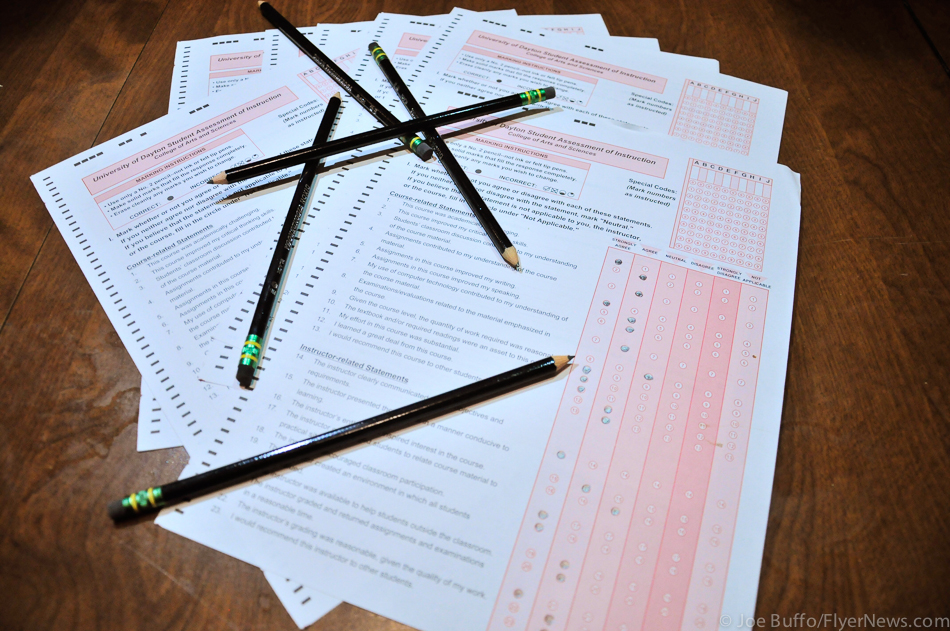Course evaluations go digital
By: ROGER HOKE – Staff Writer
This year, instead of devoting the last 10 minutes of the semester’s final class to filling in the bubbles of Scantron forms, students will assess specific elements of their courses and instructors from the comfort of their laptop screens.
The former Student Evaluation of Teaching protocol entailed students filling in bubbles denoting varying levels of satisfaction for a set of 25 questions concerning instructor performance and course quality. The old SET process also included an optional section at the end of the form where students could leave personalized comments.
The new evaluation forms have eight questions, each with space for optional commenting, and can be completed electronically at the student’s convenience, according to Dr. Jon Hess, a member of the committee which created the new SET evaluations.
Hess said the committee chose the new evaluation method after two years of research that included almost 1,000 student perspectives and input from faculty.
“We did a lot of psychometric research, which refers to measuring behavior,” Hess said. He said the data gathered through the studies showed students typically filled out the forms rapidly and rarely added comments.
“The old instrument was complained about a lot,” Hess said. “I think everybody is happy with the new instrument. Faculty find it more informative and students find it easier to give the feedback
they want.”
Hess said he is confident the new evaluations will be a better measuring tool for student learning, due to the extensive research informing the change.
The studies also informed the content of the questions asked on the new evaluations. Hess said the new questions are categorized to better evaluate specific aspects of the instructor.
Hess said the new evaluation model will give instructors a clearer sense of what specifically is and is not helpful, rather than just telling them how well students enjoyed their teaching.
“People used to just fill out all the highest ratings for teachers they liked and added no comment to why they liked that professor,” said David Bell, a junior engineering student.
Hess said this lack of personalized feedback will no longer be a problem because students will have more time to answer fewer questions and have a comment section for each item.
“All eight items are crucial to the learning, rather than having 25 overwhelming bubbles,” Hess said.
In the wake of the research, Hess said it was decided to transition from a print to an electronic medium.
“Online has a variety of advantages,” Hess said. “Environmentally, it is better to evaluate teachers electronically than using large amounts of paper.”
Hess said the committee determined it would be more convenient to do SETs on a laptop or tablet than on paper. He said allowing students more time to fill out the forms would increase the prevalence of meaningful feedback given to instructors.
Dr. Joseph Valenzano, a UD communication professor, said the new evaluations are a change for the better.
“I think it’s a really good thing,” said Valenzano. He said the new format is more user-friendly and displays fewer problems than previous SETs.
“Twenty minutes of class time is lost doing the evaluations,” Valenzano said of the old SET, “and some students are not in class to fill out the forms.”
Valenzano said he was content with the new amount of time students are given to complete the forms.
Another advantage of the new system is that it allows students to fill out the evaluations multiple times, Hess said.
“Students log in to the system to authenticate that they are the student taking the class, while remaining anonymous,” Hess said. “You should then be able to log back in and add extra comments if you forget something.”


